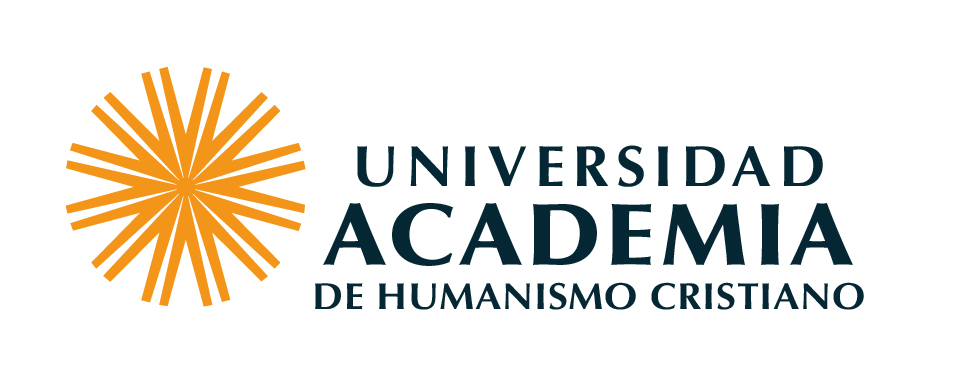The mount kare python and his gold : totemism and ecology in the Papua New Guinea highlands.
Material type: ArticlePublication details: Arlington American Antropological Association 1999Subject(s):
In:
American anthropologistSummary: Lying between the Huli and Paiela peoples of the Papua New Guinea highlands, Mt. Kare, the site of a gold rush from 1988 to 1990, presently inspires millenarian speculations about an imminent cosmic revolution. Mt. Kare was traditionally a ritual site where pigs were sacrificed to Taiyundika, a totemic python, to promote the fertility of plant, animal, and human species. Today it is where gold is mined in pursuit of unprecedented riches and millenarian transformations. Although sacrifices are no longer conducted at Mt. Kare, the python still has some salience for Paielas, who consider the gold to be the flesh of the totemic python. Blending Christianity with traditional cosmology, Paielas interpret the finding of the gold as a millenarian sign. As an ancestral figure who guarantees the continuing fertility of the earth in exchange for pork sacrifices, the python stands at the core of Paiela constructions of nature and humanity's position within it. Paiela totemism is explored for what it can teach us about an indigenous symbolic ecology and how Òlocal knowledgeÓ or a Òcognized modelÓ can inflect capital-intensive resource development at a time of ostensible globalization. The ecology of Mt. Kare gold mining must be sensitive to intercultural processes and how global flows (of ideologies, technologies, and capital) are mediated by vernacular constructions.
ArticlePublication details: Arlington American Antropological Association 1999Subject(s):
In:
American anthropologistSummary: Lying between the Huli and Paiela peoples of the Papua New Guinea highlands, Mt. Kare, the site of a gold rush from 1988 to 1990, presently inspires millenarian speculations about an imminent cosmic revolution. Mt. Kare was traditionally a ritual site where pigs were sacrificed to Taiyundika, a totemic python, to promote the fertility of plant, animal, and human species. Today it is where gold is mined in pursuit of unprecedented riches and millenarian transformations. Although sacrifices are no longer conducted at Mt. Kare, the python still has some salience for Paielas, who consider the gold to be the flesh of the totemic python. Blending Christianity with traditional cosmology, Paielas interpret the finding of the gold as a millenarian sign. As an ancestral figure who guarantees the continuing fertility of the earth in exchange for pork sacrifices, the python stands at the core of Paiela constructions of nature and humanity's position within it. Paiela totemism is explored for what it can teach us about an indigenous symbolic ecology and how Òlocal knowledgeÓ or a Òcognized modelÓ can inflect capital-intensive resource development at a time of ostensible globalization. The ecology of Mt. Kare gold mining must be sensitive to intercultural processes and how global flows (of ideologies, technologies, and capital) are mediated by vernacular constructions.
| Item type | Current library | Collection | Call number | Copy number | Status | Date due | Barcode | |
|---|---|---|---|---|---|---|---|---|
| Analítica de revista | Biblioteca Central Colección General | General | AM. ANTHROPOL.-01/99 (Browse shelf(Opens below)) | 1 | Available | FICTICIO146 |
Browsing Biblioteca Central shelves, Shelving location: Colección General Close shelf browser (Hides shelf browser)
| No cover image available | No cover image available | No cover image available | No cover image available | No cover image available | No cover image available | No cover image available | ||
| AM. ANTHROPOL.-01/99 American anthropologist / | AM. ANTHROPOL.-01/99 Where will the baby sleep? attitudes and practices of new and experienced parents regarding cosleeping with their newborn infants. | AM. ANTHROPOL.-01/99 Introduction : | AM. ANTHROPOL.-01/99 The mount kare python and his gold : | AM. ANTHROPOL.-01/99 Green dots, pink hearts : | AM. ANTHROPOL.-01/99 Non-boserupian ecology and agricultural risk : | AM. ANTHROPOL.-01/99 Land, stories, and resorces : |
En: American Anthropologist. -- Vol. 101 No. 1(marzo 1999), pp. 68-87. ISSN 00027294
Lying between the Huli and Paiela peoples of the Papua New Guinea highlands, Mt. Kare, the site of a gold rush from 1988 to 1990, presently inspires millenarian speculations about an imminent cosmic revolution. Mt. Kare was traditionally a ritual site where pigs were sacrificed to Taiyundika, a totemic python, to promote the fertility of plant, animal, and human species. Today it is where gold is mined in pursuit of unprecedented riches and millenarian transformations. Although sacrifices are no longer conducted at Mt. Kare, the python still has some salience for Paielas, who consider the gold to be the flesh of the totemic python. Blending Christianity with traditional cosmology, Paielas interpret the finding of the gold as a millenarian sign. As an ancestral figure who guarantees the continuing fertility of the earth in exchange for pork sacrifices, the python stands at the core of Paiela constructions of nature and humanity's position within it. Paiela totemism is explored for what it can teach us about an indigenous symbolic ecology and how Òlocal knowledgeÓ or a Òcognized modelÓ can inflect capital-intensive resource development at a time of ostensible globalization. The ecology of Mt. Kare gold mining must be sensitive to intercultural processes and how global flows (of ideologies, technologies, and capital) are mediated by vernacular constructions.
There are no comments on this title.
